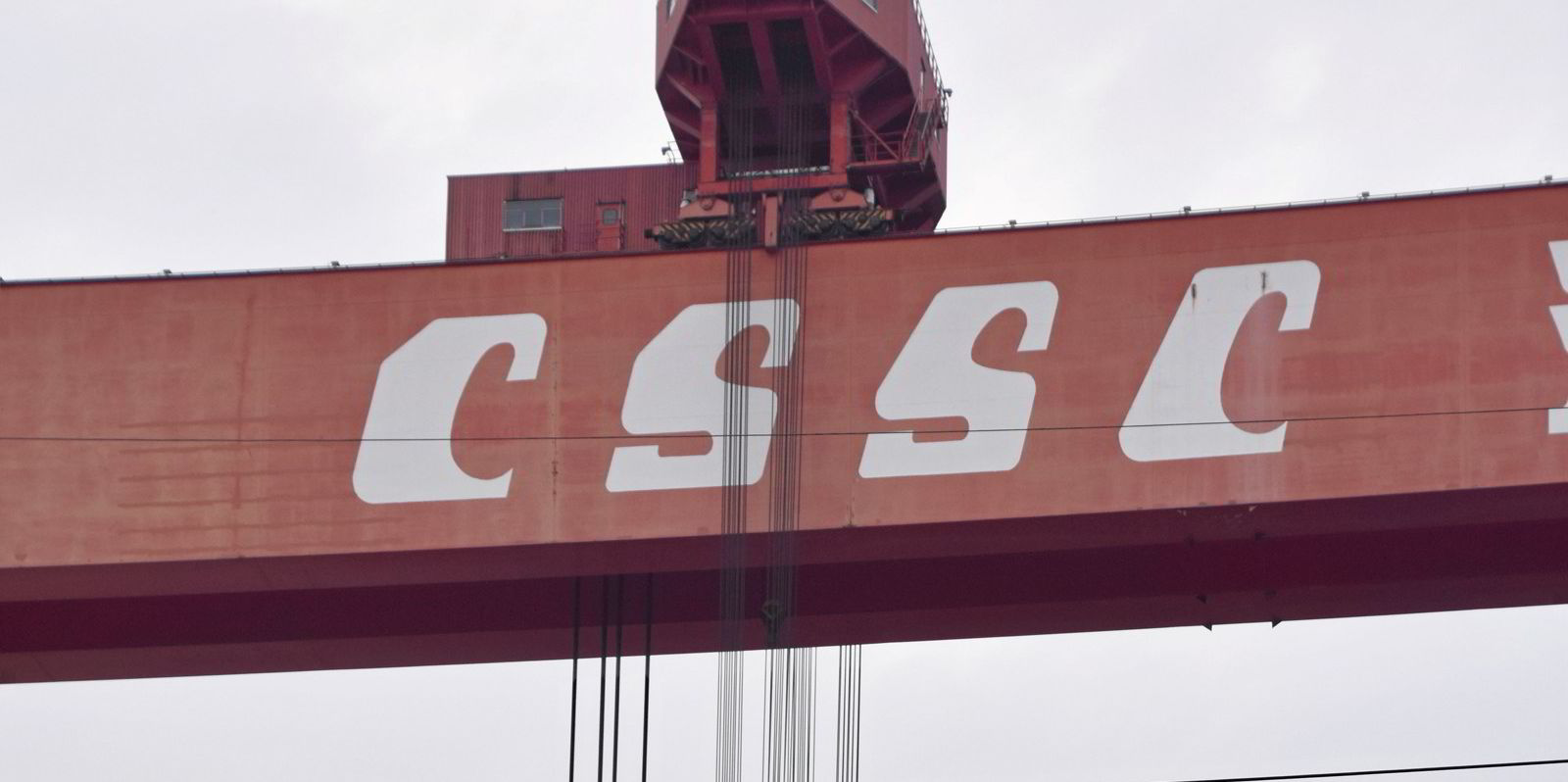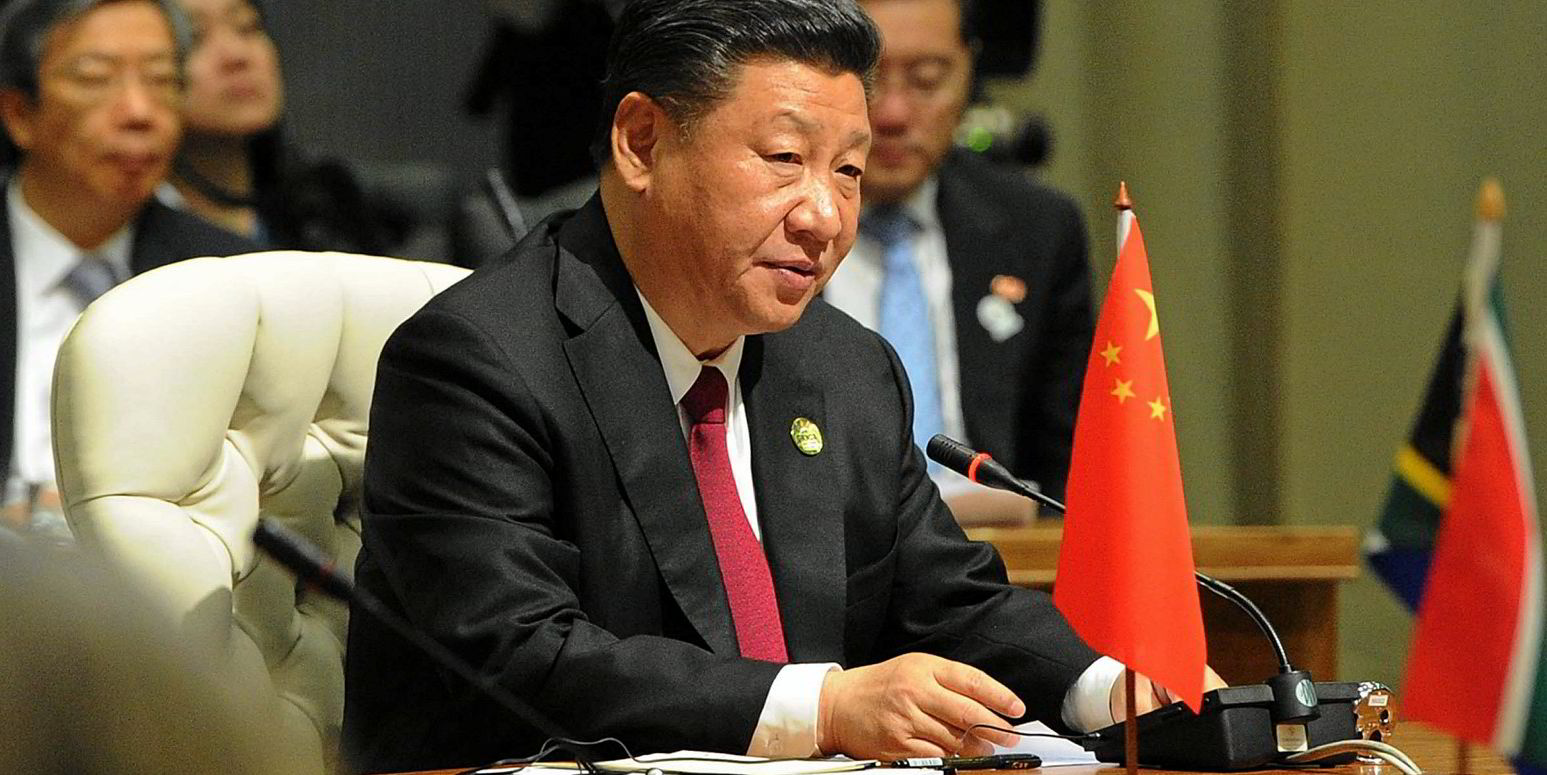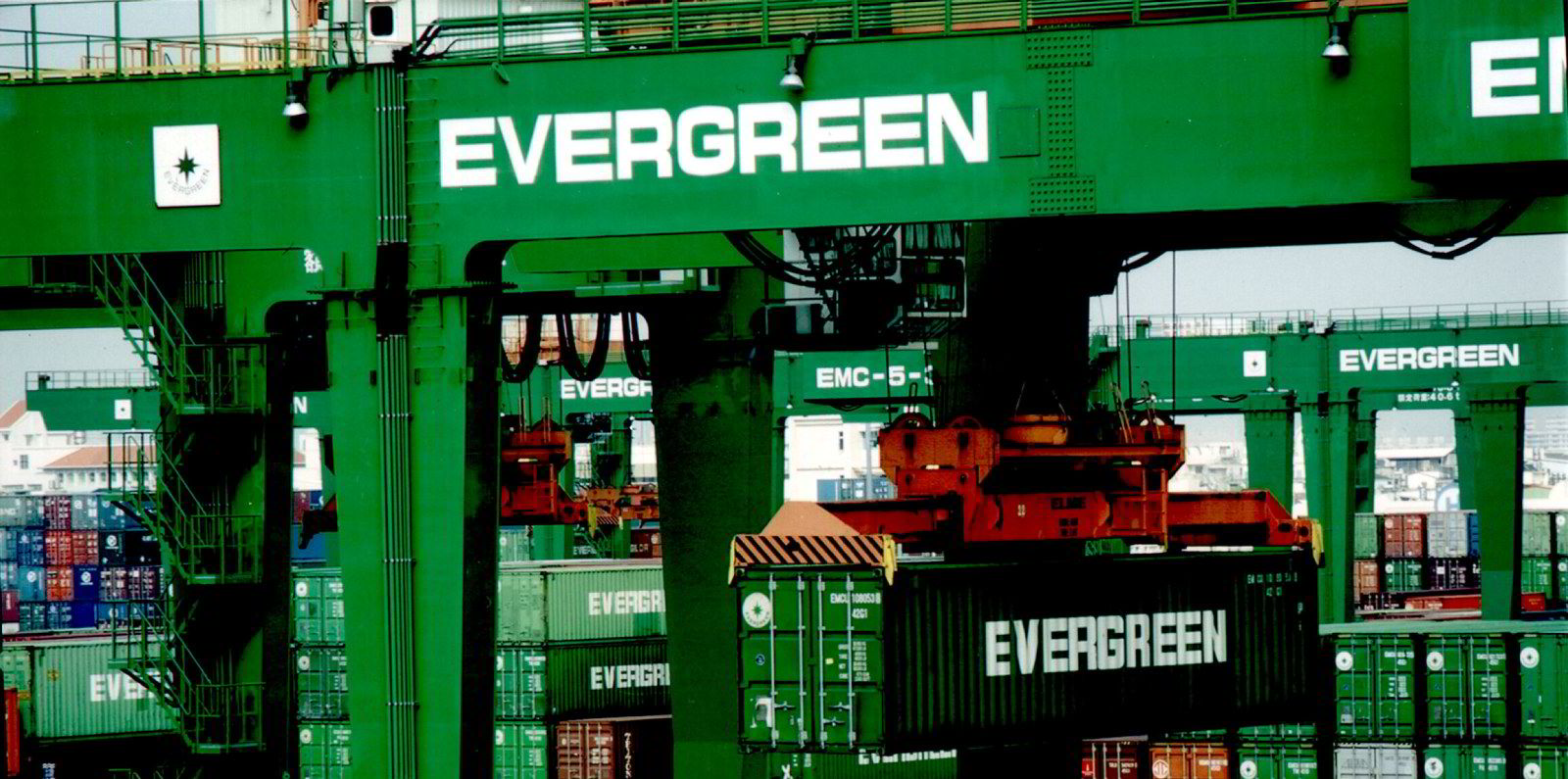Chinese shipyards face losing valuable newbuilding contracts as main engine and crankshaft suppliers are unable to meet rising demand.
The situation mirrors a shortage of engines caused by a surge in newbuilding orders during the 2004 and 2008 boom years.
Brokers and shipyard sources told TradeWinds that the recently hectic newbuilding sales activity in China could now be set to slow down.
The newbuilding market has bounced back dramatically this year from the dearth of orders in 2020, caused by a slump in investor confidence during the pandemic.
Total contracting levels have increased 72% this year, compared with 2020, according to broker Clarksons.
High contracting levels have also been driven by a boom in the containership and bulk carrier markets, which has left owners and operators short of tonnage.
But the dramatic upturn has caught local Chinese equipment suppliers by surprise.
Key components
Without the capability to increase production, they are unable to supply key main engine components such as the crankshaft.
Existing orders should not be affected, but the shortage does affect ongoing negotiations for deliveries in 2023.
Shipyards are reluctant to take the risk of accepting additional newbuilding orders for 2023 until they have first managed to guarantee the procurement of main engines and crankshafts.

The early delivery slots are highly valued by shipowners that want to take advantage of the favourable market conditions as soon as possible.
But yards now look like they could miss out on the early delivery premium because of equipment delays.
Supplies are expected to be available for later deliveries.
Economic crash
China has seen its engine manufacturing capability cut back since the 2008 economic crash, when major marine engine manufacturers including Antai and Rongsheng closed down.
Engine manufacturing was further consolidated by the merger of giant state-run shipbuilding groups China State Shipbuilding Corp (CSSC) and China Shipbuilding Industry Co (CSIC).
CSSC's engine division is now prioritising supplying the group's own yards before supplying private shipbuilders.
The recent closure of a number of private steel mills, as part of China's decarbonisation policy, has also had a direct impact on crankshaft supply.
South Korean mega shipyards have managed to maintain their engine building capacity, and yards in Japan are not benefiting from newbuilding orders to the same extent as Chinese yards, so they do not have the same problem.
Attention is likely to move to whether the equipment shortages will now impact on shipyard prices.
Yards have already been hit by double-digit increases in the cost of steel plate, which have forced them to hike prices. Clarksons' newbuilding price index is up 13% compared with the same period of last year.
That has come amid a boom in ordering at Chinese yards. By the end of July, year-to-date ordering had reached 474 ships totalling 1.8m cgt, which marked the highest level in the first seven months of the year since 2008, according to data from Clarksons.
Some 60% of those orders came from the containership sector.
Meanwhile, Clarksons noted in its latest monthly China report that shipyards have been looking to increase their capacity in the country, particularly with an eye towards boxships.
Eric Priante Martin contributed to this story.







